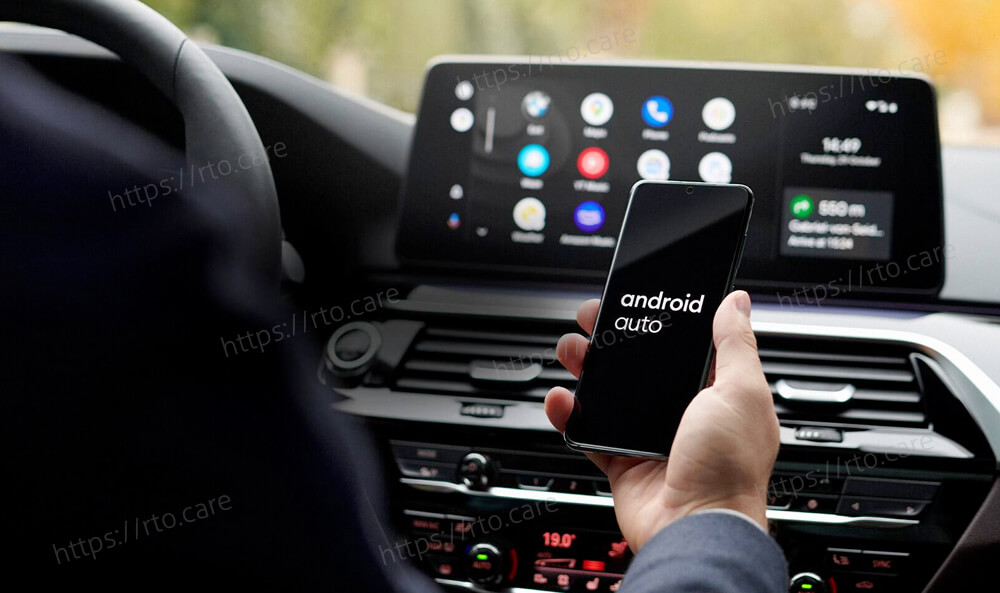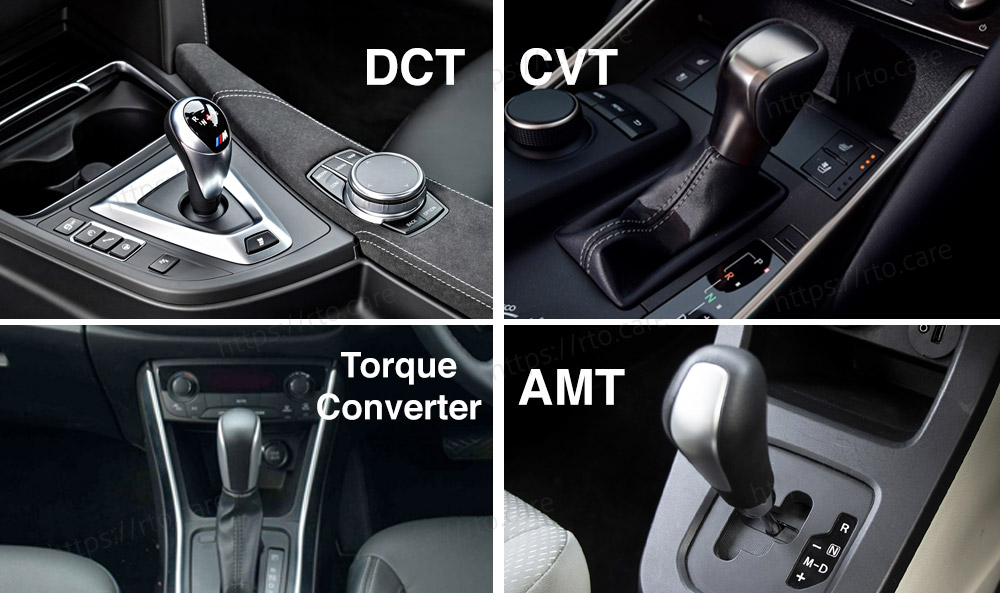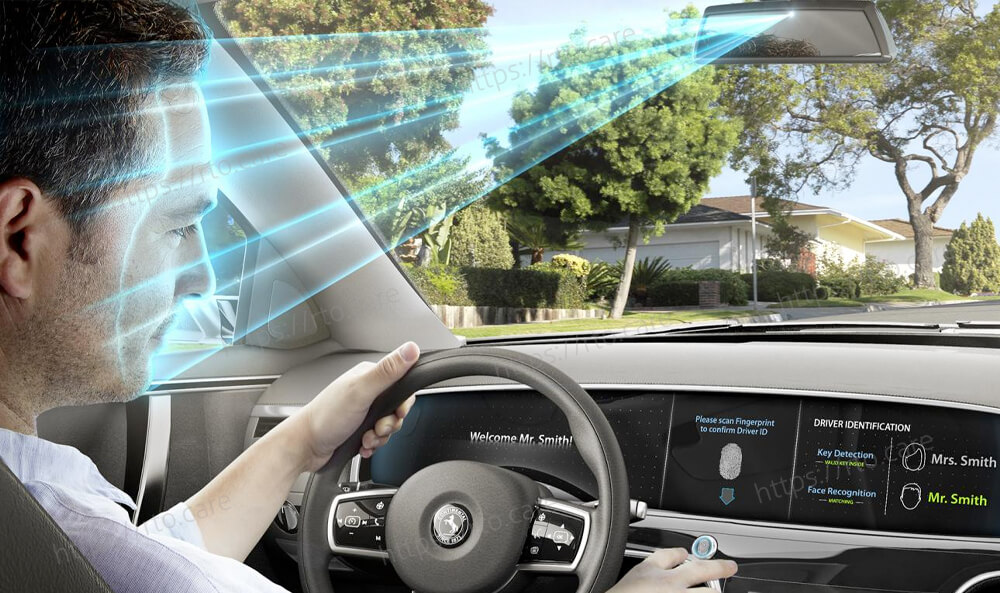The most recent iteration of Google's in-car infotainment (IVI) operating system, Android Automotive 13, is now available. It makes a number of behind-the-scenes changes to the automobile structure, networking, privacy, and camera subsystem. It was recently revealed by one of the changes included in the connectivity upgrades that Google enabled the Gabeldorsche Bluetooth stack by default in Android 13. Now, a useful software called Android Auto Receiver has come to light as a result of another connectivity update in the changelog.
You can run Android Auto from your phone on an Android Automotive IVI system using the app for Android Automotive head units called Android Auto Receiver. If you're curious as to why Google provides such an app, its Play Store description suggests that it may be useful in situations where you need access to your data but are unable to set up the car's built-in infotainment system or have restricted access to certain apps or updates on the Android Automotive head unit.
Android Automotive 13 brings improved projection support, and you may be wondering, what the heck is that for? Fun fact: Google actually offers an app called Android Auto Receiver that lets you run Android Auto from your phone on an AAOS head unit.
— Mishaal Rahman (@MishaalRahman) August 24, 2022
For instance, you can download Android Auto Receiver from the Play Store and project Android Auto from your phone onto the IVI system if you're driving a rental car and want to access your data on its Android Automotive head unit. Given that Android Automotive head units are still not widely used, that is a rather specialised use case. However, the app may soon become popular as more automakers choose to use Android Automotive.
According to the Android Automotive 13 changelog, the version provides an API to incorporate VendorElements as part of a created hostapd AP configuration for the connection enhancements linked to Android Auto Receiver. By enabling several necessary permissions, such as ones to create a virtual display device, keep that virtual display always unlocked, interface with the microphone, location, contacts, call log, etc., Rahman explains how the changes streamline Android Auto projection on an Android Automotive head unit. The update provides an API (and a CTS test) to incorporate VendorElements as part of a created hostapd AP configuration, according to the changelog for Android Automotive 13's connection enhancements for Android Auto Receiver. The modifications simplify Android Auto projection on an Android Automotive head unit, according to Rahman, by enabling a number of necessary permissions, such as ones to create a virtual display device, keep that virtual display always unlocked, interface with the microphone, location, contacts, call log, etc.
There is some bad news if you already possess a car with an Android Automotive head unit and want to test out the Android Auto Receiver app. The software can only be installed on builds that declare "com.goog.android.car.feature.AARECEIVER" , according to Rahman. This presently only applies to IVIs using Renault's openR connection technology and the official Android Automotive OS emulation.










